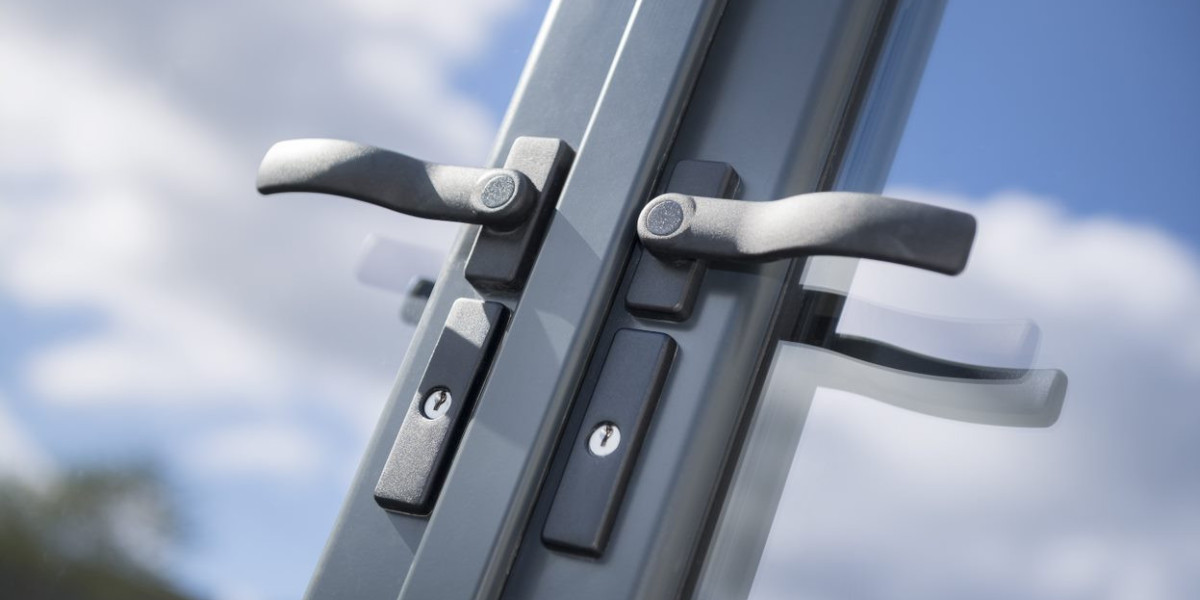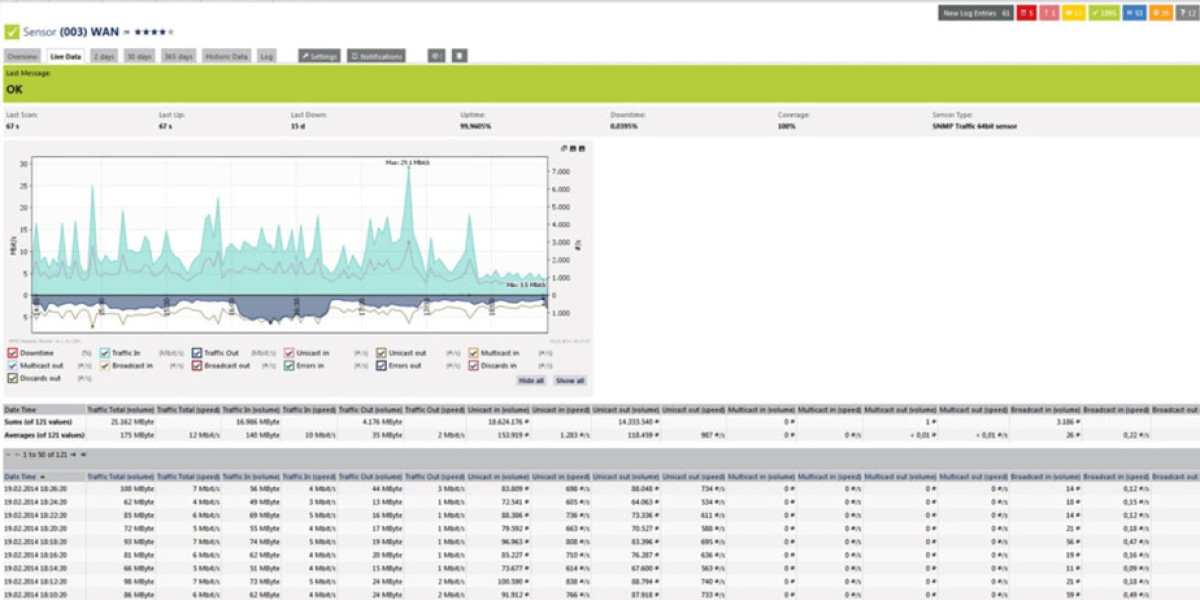Understanding and Repairing Bifold Door Brackets: A Comprehensive Guide
Bifold doors are a versatile and space-saving option for both property and industrial areas. They are typically utilized in closets, pantries, and space dividers due to their ability to fold nicely and use up minimal space when open. However, like any mechanical system, Bifold door specialists (www.repairmywindowsanddoors.co.uk) doors can experience wear and tear gradually, particularly at the hinges and brackets. This article explores the significance of professional bifold door repairs door brackets, typical issues that occur, and detailed directions for fixing them.
The Importance of Bifold Door Brackets
Bifold door brackets are vital elements that support the weight of the door panels and make sure smooth operation. These brackets are normally connected to the top and bottom of the door frame and are accountable for directing the doors as they fold and unfold. Without correctly working brackets, bifold door service doors can end up being misaligned, difficult to open and close, and even fall off the track.
Typical Issues with Bifold Door Brackets
- Loose or Damaged Brackets: Over time, the screws that hold the brackets in place can loosen, causing the doors to droop or become misaligned.
- Damaged Hinges: The hinges within the brackets can wear out, resulting in creaking noises and decreased performance.
- Misaligned Tracks: If the tracks are not appropriately aligned, the brackets might not function properly, causing the doors to bind or stick.
- Corrosion and Rust: Exposure to moisture can trigger brackets to rust, which can weaken their structural stability and cause failure.
Tools and Materials Needed for Repair
Before you start the repair procedure, collect the following tools and products:
- Screwdriver (Phillips and flathead)
- Drill and drill bits
- Adjustable wrench
- Lubing oil (such as WD-40)
- Replacement brackets (if essential)
- Sandpaper (for rust removal)
- Paint or rust-resistant finishing (if required)
Step-by-Step Guide to Repairing Bifold Door Brackets
Examine the Brackets and Tracks
- Step 1: Open the bifold doors completely and check the brackets and tracks for any noticeable damage, loose screws, or misalignment.
- Step 2: Check the hinges within the brackets for wear and tear. Look for indications of rust, creaking, or stiffness.
Tighten Loose Screws
- Step 1: Use a screwdriver to tighten up all screws on the brackets. Start from the top brackets and work your way down to the bottom.
- Action 2: If any screws are stripped or harmed, eliminate them and use a drill to produce new holes. Replace the screws with brand-new ones.
Lube the Hinges
- Step 1: Apply a couple of drops of lubricating oil to the hinges within the brackets. Move the doors back and forth to disperse the oil uniformly.
- Action 2: Wipe away any excess oil with a clean fabric to prevent it from leaking onto the flooring or other surface areas.
Align the Tracks
- Action 1: If the tracks are misaligned, utilize an adjustable wrench to loosen up the screws that hold the track in location.
- Step 2: Gently change the track to ensure it is level and directly. Retighten the screws to protect the track in its brand-new position.
Replace Damaged Brackets
- Action 1: If any brackets are harmed beyond repair, remove them by unscrewing the screws that hold them in place.
- Action 2: Install the brand-new brackets in the very same position, guaranteeing they are firmly fastened with brand-new screws.
Get Rid Of Rust and Apply Protective Coating

- Action 1: Use sandpaper to eliminate any rust from the brackets and tracks. Sand until the surface area is smooth and without rust.
- Action 2: Apply a rust-resistant finish or paint to the brackets and tracks to prevent future deterioration.
Evaluate the Doors
- Step 1: Once all repairs are complete, evaluate the bifold door maintaining tips doors by opening and closing them a number of times. Ensure they move efficiently and are correctly lined up.
- Action 2: Make any final changes as required to make sure ideal efficiency.
Frequently asked questions
Q: How often should I inspect and keep my bifold door brackets?A: It is recommended to check and preserve your bifold door brackets at least as soon as a year. However, if you observe any signs of wear or malfunction, it is best to attend to the problem instantly to avoid more damage.
Q: Can I lubricate the hinges with any kind of oil?A: While any kind of oil can supply some lubrication, it is best to utilize a high-quality lubricating oil such as WD-40. This kind of oil is particularly created to decrease friction and avoid rust, making it ideal for bifold door hinges.
Q: What should I do if the tracks are bent or damaged?A: If the tracks are bent or damaged, it might be needed to replace them. Consult the maker's directions or an expert for assistance on how to replace the tracks.
Q: Can I paint over rust on the brackets?A: It is not recommended to paint over rust. Rust can continue to spread under the paint, resulting in more damage. Always get rid of rust with sandpaper before applying a protective covering or paint.
Q: Are there any preventive measures I can require to extend the life of my bifold door brackets?A: Yes, regular upkeep is essential. Keep the brackets and tracks tidy and complimentary of particles. Lubricate the hinges regularly, and look for loose screws or signs of wear. Deal with any concerns without delay to avoid more severe problems.
bifold door service door brackets are important for the smooth operation and longevity of your bifold doors. By understanding common problems and following the actions outlined in this guide, you can effectively repair and maintain your bifold door brackets. Regular maintenance and timely attention to any signs of wear will ensure that your bifold doors continue to work effectively for years to come.








